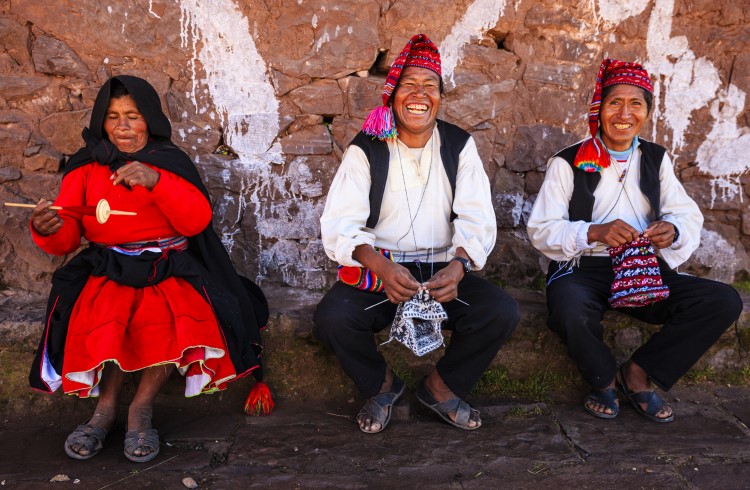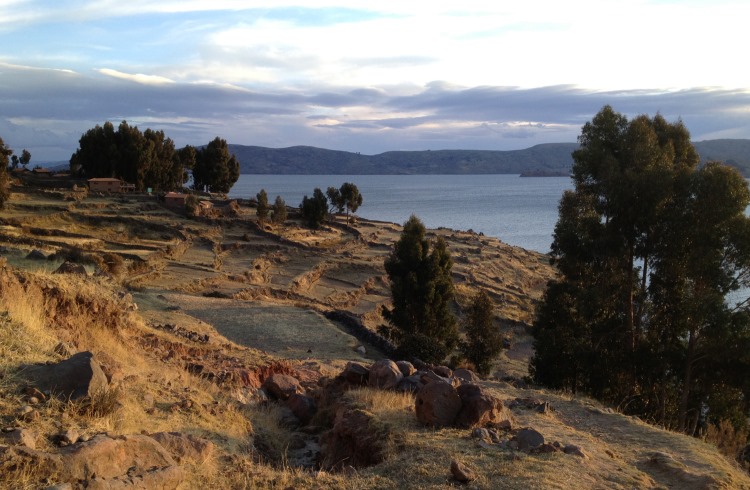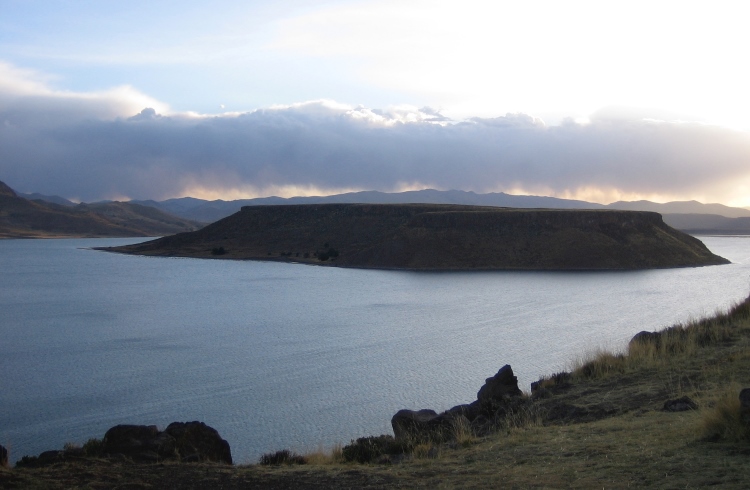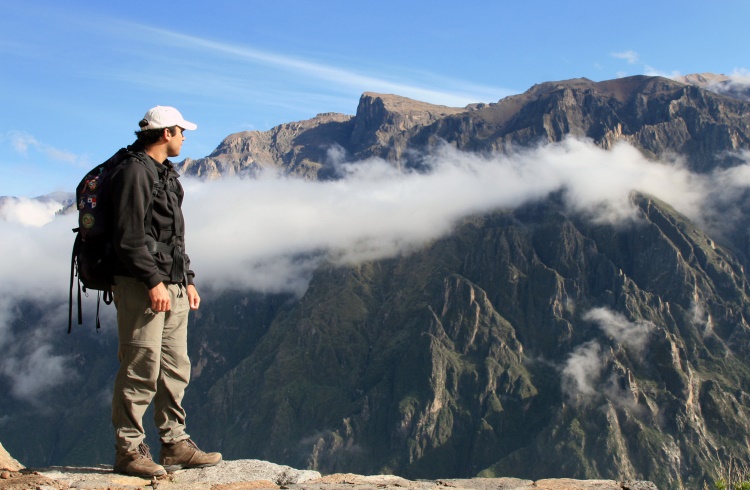The Top 5 Experiences to Have at Lake Titicaca
This sparkling lake at the top of the world is rich with unique cultures and customs.
 Photo © iStock/hadynyah
Photo © iStock/hadynyah
Spanning the borders of Peru and Bolivia, Lake Titicaca is the world’s highest navigable lake at 12,507ft (3,812m). The region is famous for its islands and crystal-clear waters as well as its festivals and archaeological sites.
Uros
The Uros Islands are one of the highlights of Lake Titicaca, about an hour’s boat ride from Puno. These floating islands are built and maintained from totora reeds, which also form homes, boats, and other traditional structures.
The islands are still home to Uros communities, who continue their traditional lifestyle, speak Aymara, Quechua, and Spanish, and sell brightly colored handicrafts to visitors. It can feel touristy there, but it's easy to imagine how life was like for these people centuries before. Tours usually last 2–3 hours, with roughly $10–$25 USD per person, depending on the operator and inclusions.

Amantaní
Amantani is a tranquil island on Lake Titicaca, usually visited as part of a two‑day boat tour from Puno that also includes a stop at the Uros Floating Islands and often Taquile Island. Boats from Puno typically take several hours on open water, with stops along the way, before reaching Amantani’s quiet shores.
From the island you can enjoy sweeping views of the deep blue lake and distant snow‑capped peaks of the Andes and Bolivia on clear days. The landscape is marked by rustic stone and adobe homes, agricultural terraces, and fields of quinoa and other crops — a striking high‑altitude environment unlike anywhere else in the world.
Life on Amantani moves at a gentle pace. Local families host visitors in simple homestays, and many residents are warm and welcoming, though interactions may be quiet and respectful as people maintain their traditional way of life. There aren't necessarily many tourist attractions, but that’s part of the island’s appeal: it’s a place to slow down, soak up the scenery, and experience daily life in a close‑knit community.
Most travelers visit Amantani on an overnight tour, spending a night with a local family. These tours usually start in Puno, include visits to Uros and Taquile, and cost around S/. 120 (~US $35–40) or more depending on the operator and inclusions.

Taquile
About 2.5–3 hours by boat from Puno, often after a stop at the Uros Floating Islands, Taquile Island is a highlight of Lake Titicaca. The journey across the lake takes you to an island community perched high above the water, with spectacular views of the lake and distant Andean peaks.
Taquile is famous for its textile traditions, recognised by UNESCO as an Intangible Cultural Heritage of Humanity. Locals produce intricate knitted and woven items, including hats, belts, and other textiles. The colours and styles of traditional clothing carry cultural and social meanings that reflect age and community roles.
Reaching the island’s main village usually involves a steep uphill walk from the dock, so pace yourself, especially at this high altitude. Many tours allow a day visit to Taquile or can include an overnight homestay with a local family, giving you time to explore village life, learn about weaving, and enjoy the peaceful highland scenery.

Sillustani
About 45 minutes northwest of Puno, Sillustani sits on the shores of Lake Umayo and is famous for its pre-Inca stone funerary towers (chullpas). Rising dramatically from the highland landscape, these cylindrical towers set against the lake and rolling countryside create a mysterious and photogenic scene. The surrounding area is peaceful, with sweeping views that make it a favorite for photographers and history enthusiasts alike.
Most visitors take a half-day tour from Puno (around S/. 25–60 / US$7–18), though budget travelers can use shared minibuses or colectivos, sometimes requiring short walks or additional rides. There also is a small entrance fee.

Festivals in Puno
Exploring Lake Titicaca isn’t just about touring the islands – Puno is well-known for being one of the most vibrant towns of Peru. Almost every month a festival or other celebration takes over the streets.
The best-known of them all is the Virgen de la Candelaria, a Catholic festival which has been given Intangible Cultural Heritage status by UNESCO. This is when people dance the amazing and
Related articles
Simple and flexible travel insurance
You can buy at home or while traveling, and claim online from anywhere in the world. With 150+ adventure activities covered and 24/7 emergency assistance.
Get a quote
No Comments